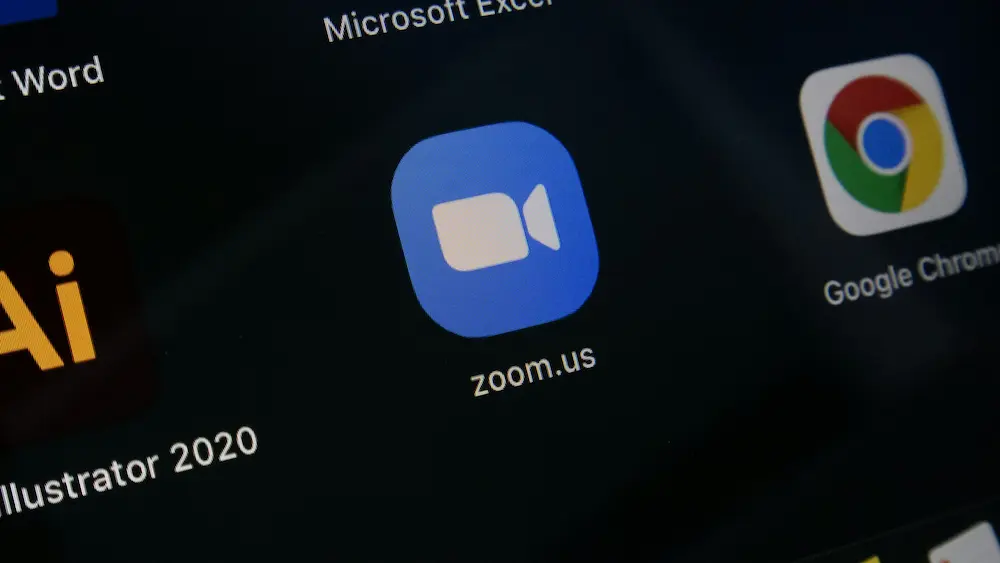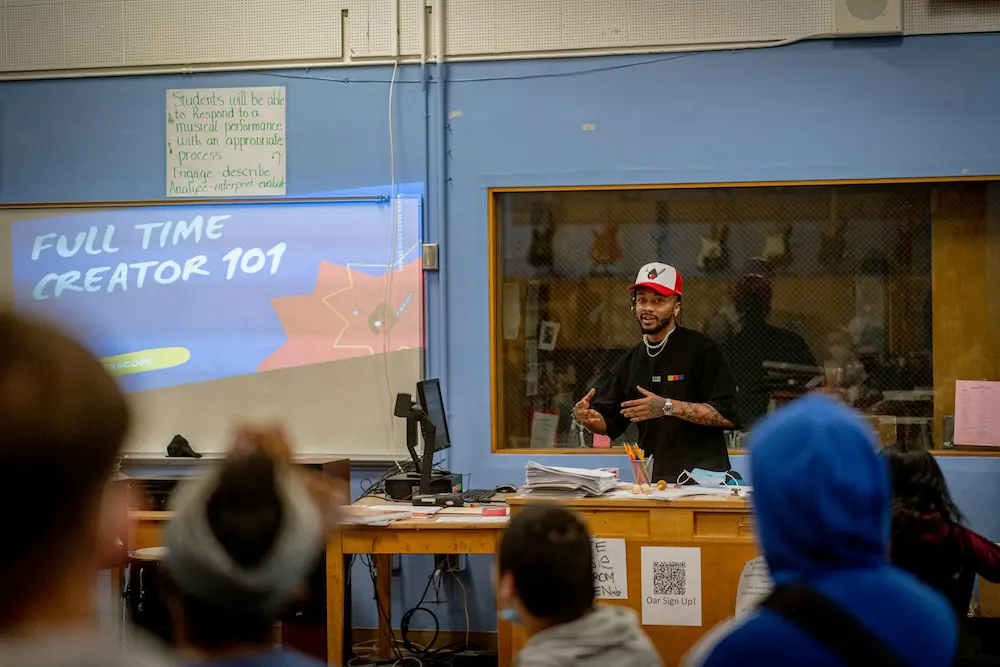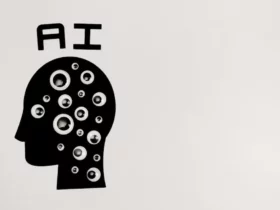Education is one of those industries that is ever-evolving, and technology has emerged as a transformative force, reshaping the way students learn and teachers instruct. As educators and educational institutions strive to enhance learning outcomes, embracing technological advancements has become imperative. This article delves into nine significant ways in which tech has altered the very fabric of education, offering insights and perspectives that have the ability to utterly change the industry and how educators educate, and learners learn.
Immersive And Interactive Learning Environments
With the advent of VR and AR, hitherto impossible forms of immersive and participatory education have become a reality. Now more than ever, students may gain a more thorough grasp of complex ideas by navigating virtual worlds, interacting with 3D models, and going on virtual field excursions. The colleges providing free laptops to their students are more likely to take advantage of this fantastic educational step and truly enable their students to see things from entirely different perspectives. These immersive experiences not only captivate learners but also enhance retention and application of knowledge.
Personalized And Adaptive Learning
Traditional one-size-fits-all approaches to education have given way to personalized and adaptive learning experiences facilitated by technology. Intelligent software and online platforms can now tailor content, pace, and instructional methods to individual students’ needs, learning styles, and progress (long considered to be the holy grail of teaching). This personalization ensures that each learner receives targeted support, maximizing their potential for growth and understanding.
Collaborative And Cooperative Learning
Technology has facilitated collaborative learning opportunities that transcend physical boundaries. Online platforms, video conferencing tools (particularly those developed during Coivd), and cloud-based applications allow students from different locations to work together on projects and learn from one another. This collaboration fosters teamwork, communication skills, and a deeper appreciation for diverse perspectives.
Access To Vast Educational Resources
Online libraries and digital archives, instructional films, and interactive simulations like the ones described earlier are just a few examples of the many educational tools made available by the advent of the internet. With the proliferation of online resources, both students and teachers have more tools than ever before to augment conventional classroom education and engage in self-directed learning. Moreover, the availability of these resources has facilitated the integration of diverse perspectives and cultural contexts into the learning experience. Students can explore primary sources, historical documents, and multimedia materials from around the world, broadening their understanding of global issues and cultivating cultural sensitivity.

Data-Driven Decision Making
Educational technology isn’t limited purely to direct teacher-student interaction but has indirect advantages such as decision-making capabilities. Learning management systems and analytical tools provide insights into student performance, engagement, and overall progress, allowing teachers to make decisions about instructional strategies and curriculum adjustments. In more extreme cases, they even engage in targeted intervention to ensure that no student is left behind. Furthermore, the integration of learning analytics and educational data mining techniques allows institutions to identify broader trends and patterns across student populations. This macro-level analysis can inform curriculum design, resource allocation, and policy decisions, ensuring that educational programs and initiatives align with diverse learner groups’ evolving needs and challenges.
Flipped And Blended Learning Models
Tech has facilitated the adoption of flipped and blended learning models, where traditional classroom instruction is combined with an online learning experience. Student can access course materials and lectures online, freeing up classroom time for hands-on activities with personalized support directly from their teachers. The benefits of both online and traditional classroom settings are combined in this hybrid method. The online component allows students to engage with course content at their own pace, revisiting challenging concepts or skipping ahead as needed. This self-paced learning promotes autonomy and self-regulation, fostering essential skills for lifelong learners. Moreover, blended learning models offer increased flexibility and accessibility for learners with diverse needs and circumstances.
Accessibility And Inclusivity
Assistive technologies have made education more accessible and inclusive for learners with diverse abilities and learning needs. With the advent of specialized input devices, closed captioning, and text-to-speech software, tools have been developed to overcome a wide range of barriers that may have previously prevented learners from participating fully in educational experiences. These technologies, ranging from assistive technologies for people with disabilities to online learning platforms, have been instrumental in creating a more equitable environment for all learners. They are breaking down barriers and creating better opportunities for everyone to transform the educational landscape and create a brighter future for all. However, the successful integration of assistive technologies requires a comprehensive approach that includes not only the provision of appropriate tools but also ongoing training and support for educators and learners. By embracing these technologies, educational institutions can create a more level playing field, enabling students with disabilities to reach their full academic potential and contribute their unique perspectives to the learning community.

Professional Development And Collaboration
Technological advances have undoubtedly revolutionized professional development among educators. Online communities and virtual conferences provide teachers with opportunities to share best practices and engage in discussions on a wide range of subjects to continually enhance their skills and knowledge. Educational institutions and policymakers also play a vital role in supporting and promoting digital professional development initiatives. Providing dedicated time and resources for teachers to engage in these activities and recognizing and incentivizing their participation can foster a culture of continuous learning and professional growth within the educational community.
Globalization And Cultural Exchange
Educational technology has facilitated global connections and cultural exchanges among students and educators worldwide. Virtual classrooms, online courses, and international collaborations expose learners to diverse perspectives and cultures, fostering a deeper understanding and appreciation of global issues and promoting cross-cultural competencies. This global interconnectivity has transformed education into a genuinely borderless endeavor, enabling learners to engage with peers, experts, and resources from around the world. Through virtual exchange programs, students can participate in cross-cultural projects, collaborate on research initiatives, and engage in meaningful dialogues, cultivating essential skills such as intercultural communication, empathy, and global citizenship.
As the world becomes increasingly technology-driven, educators must embrace these changes while focusing on effective teaching methods, keeping students engaged, and encouraging them to love learning. By thoughtfully integrating technology into educational practices, teachers and educational institutions can unlock new possibilities for learning and improve outcomes.









